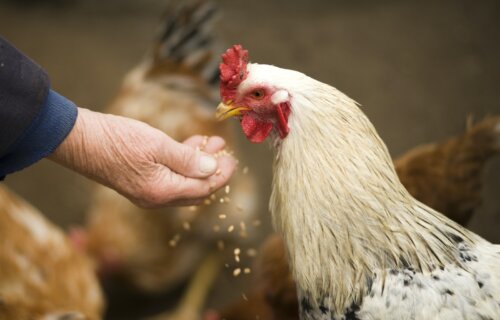NEW YORK — The United States was not ready for the dangers of COVID-19. Now, a new report finds the country seems ill-prepared to take on another future pandemic. A new editorial from researchers at Harvard Law School and New York University is identifying major gaps among governmental agencies in charge of handling animal-borne diseases. The authors suggest an alternative “One Health” approach that would combine multiple agencies to better monitor human-animal interactions.
One of the largest importers of wildlife in the world is the United States. However, a lack of oversight from government agencies has also made the country one of the most vulnerable to animal-borne or zoonotic diseases. Yet, the study authors note that the country has not taken steps to draw alarm into this growing problem.
The Biden administration’s recent update of the National Biodefense Strategy even frames the threat of zoonotic diseases as something happening outside the U.S.
“NBS-22 focuses primarily on bioterrorism and laboratory accidents, neglecting threats posed by routine practices of animal use and production inside the United States,” the study authors write in a university release.
U.S. livestock production is reaching all-time highs
In the editorial, the authors list several past and present instances of human-animal viral exposures. The U.S. is the birthplace of more zoonotic diseases during the second half of the 20th century than any other country. Since 2011, the U.S. has the highest number of swine-origin influenza infections. Most happened at state and county fairs. In 2022, the U.S. processed over 10 billion livestock animals, an increase of 204 million over 2021 and the largest number ever recorded. There’s also an ongoing bird flu outbreak that has left 58 million animals dead in backyard chicken coops and industrial farms across America.
The current system overseeing the potential threat of zoonotic diseases suffers from a lack of coordination, notes the authors. Other agencies, such as the U.S. Department of Agriculture — which regulates food animal production — have no authority over on-farm animal production.
“What is needed is not simply for agencies to do their jobs better or to paper over the gaps, but a fundamental restructuring of the way that human–animal interfaces are governed,” writes study authors Ann Linder and Dale Jamieson. “A One Health approach, which NBS-22 claims as its guiding principle, would take the health of other living things not merely as the occasional means or obstacles to human health, but as continuous with it. The first step in implementing such an approach would be to create a high-level process for integrating the broken mosaic of multiple agencies, with their unclear and sometimes competing mandates, into an effective, comprehensive regime.”
The editorial is published in the journal Science.

